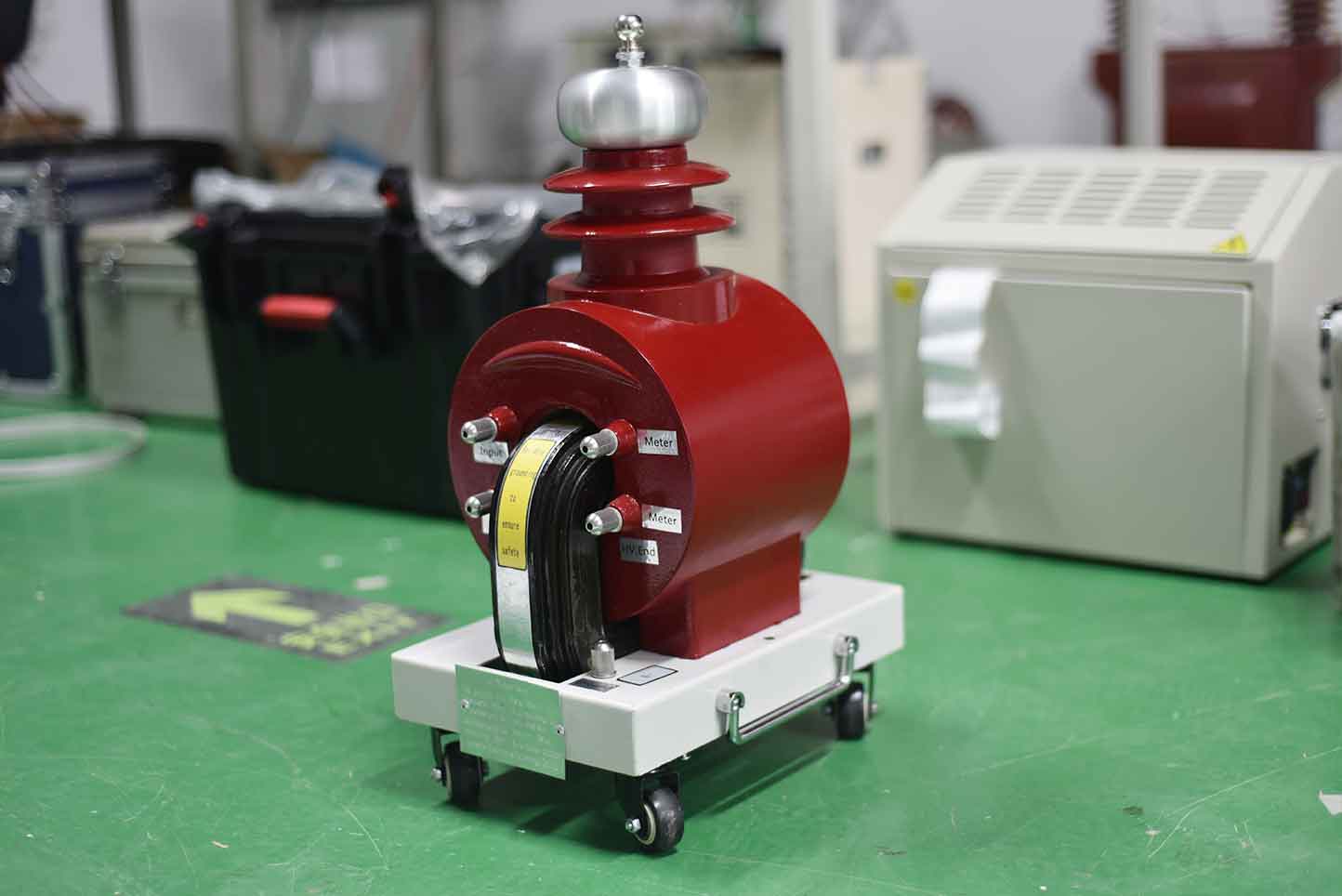Impact tests are required for new or overhauled transformers before they are officially put into operation, for the following reasons:
① Check the insulation of the transformer and its circuits for any weaknesses or defects
When the neutral point of the power system is not grounded or grounded through the arc suppression coil, the overvoltage amplitude can reach 4-4.5 times the phase voltage. When the neutral point is directly grounded, the overvoltage amplitude can reach 3 times the phase voltage. In order to test whether the insulation strength of the transformer can withstand full voltage or switching overvoltage, it is necessary to conduct a no-load full voltage impulse test before the transformer is put into operation. If there are insulation weaknesses in the transformer and its circuits, they will be exposed due to overvoltage breakdown during operation.
② Check if the differential protection of the transformer malfunctions
When a live no-load transformer is put into operation, it will generate excitation inrush current, which can reach a value of 6-8 times the rated current. The inrush current begins to rapidly decay, usually dropping to 0.25-0.5 times the rated current after 0.5-1 seconds. However, it takes a long time to complete the full decay, with small and medium-sized transformers taking about a few seconds and large transformers taking 10-20 seconds. Therefore, in the initial stage of inrush current attenuation, differential protection often fails, resulting in the transformer being unable to put into operation. Therefore, under the action of excitation inrush current, the wiring, characteristics, and settings of differential protection can be actually checked during no-load impact closing, and an evaluation and conclusion can be made on whether the protection can be put into operation.
③ Check the mechanical strength of the transformer.
Due to the large electromotive force generated by inrush currents, no-load impact tests are required to evaluate the mechanical strength of transformers.
According to regulations, the number of full voltage no-load impact tests and the input of new products should be continuously impacted 5 times; After major repairs, the impact should be continuously conducted three times, with an interval of no less than 5 minutes between each impact. Before operation, personnel should be sent to the site to monitor the transformer and check if it is abnormal. If there are any abnormalities, the operation should be stopped immediately.

The ZC-501C series dry test transformer utilizes advanced production equipment and adopts a new process of coil winding epoxy vacuum casting and CD type iron core. Compared with similar oil immersed transformers, it significantly reduces weight and volume, improves insulation strength and moisture resistance in quality, and effectively weakens magnetic leakage, greatly enhancing the transformer's ability to withstand the impact of test short-circuit current. The equipment has the characteristics of light weight, small size, beautiful appearance, stable performance, and convenient use and portability. It is particularly suitable for on-site operation and is a new generation of AC/DC dual purpose high-voltage test transformer in China.





